It’s been a few years since the Final Splatfest of Splatoon 2, after which many of the game’s players went their own ways for a while. With the release of Splatoon 3, though, those players are likely to come back alongside a whole bunch of new squid kids. Whether you’re a newcomer to the series or just need a refresher course, here are all of Splatoon 3’s weapon types explained.
All Splatoon 3 Weapon Types Explained
Splatoon 3 features all of the basic weapon types from the previous Splatoon games, plus a few new types. While the ultimate point of all of these weapons is to ink terrain and splat foes (in that order), each of them has its own particular quirks, abilities, and control styles. The best way to find a weapon that works for you is to just try them, but to help you expedite that process, here’s a basic overview of how each weapon type works.
Related: How to Get Main Weapons in Splatoon 3
Shots (Splattershot, N-ZAP, Sploosh-o-Matic, etc.)
Your first and foremost friend in a Turf War, the Shot weapons are the baseline of all other weapons. Most of these weapons are automatic, constantly firing off a stream of ink shots in an arc in front of you while you hold the trigger, though some offer semi-automatic firing instead for more precise shots.
Everyone’s got one Shot they love, from the wide spray of the Sploosh-o-Matic to the raw power of the .52 Gal, though the middle-ground sturdiness of the standard Splattershot shouldn’t be discounted either. No matter your preferences, there’s a Shot for you.
Blasters (Luna Blaster, Range Blaster, Rapid Blaster, etc.)
An offshoot of Shot weapons, Blasters launch out of a ball of ink in a straight line, which detonates after flying a short distance. These balls drop ink both as they fly and when they detonate, so they’re not bad for turf inking.
In combat, Blasters are a bit tricky, as you’ll need to memorize the trajectory of the shot. You want the ball to go off right in an enemy’s face where it can do the most possible damage.
Rollers (Splat Roller, Carbon Roller, Inkbrush, etc.)
If you like to get up close and personal, charging right into the fray, then you’re a born Roller main. Rollers allow you to dash along the ground, leaving a wide trail of ink as you go. You can also swing your Roller to fling ink in front of you either horizontally or vertically, which works great as a near-melee attack.
If regular Rollers are a bit too unwieldy for you, you may find the Inkbrush or Octobrush more to your taste. What these weapons lose in ink coverage, they gain in speed and maneuverability. It’s a melee weapon either way, but that extra flexibility can make all the difference.
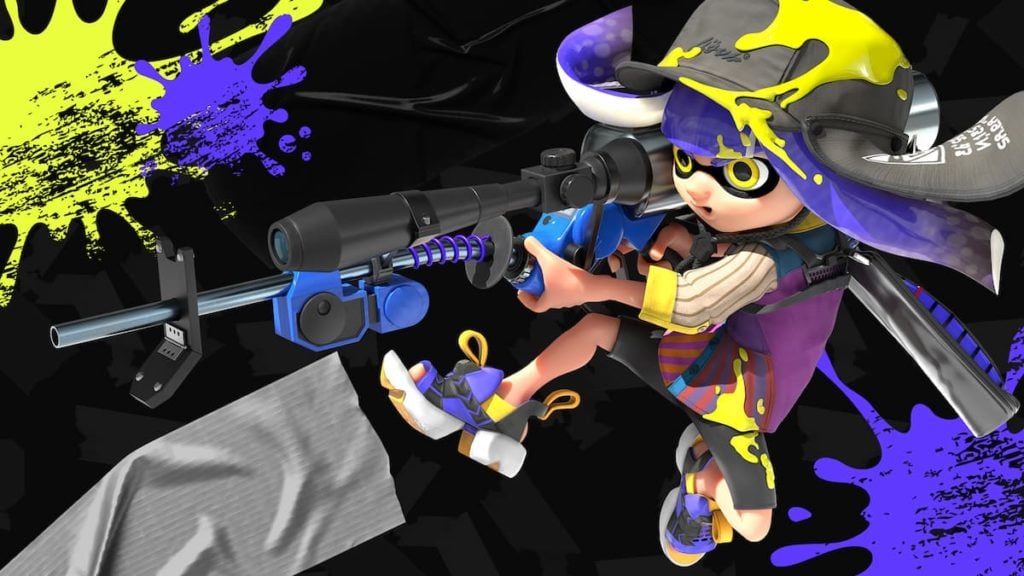
Chargers (Squiffer, Splatterscope, E-Liter, etc.)
Chargers are ideal for the more patient among us, those who can find a good vantage point to snipe both opponents and un-inked spots. As the name suggests, Chargers need to be charged up for a moment to fire, and they create a laser sight indicating the general arc of the shot.
Chargers are not for close combat, but if you’re good at positioning yourself at the right distance from a skirmish, you can become a deadly phantom. Some Chargers can even store their charges, letting you reposition yourself as necessary.
Sloshers (Slosher, Tri-Slosher, Sloshing Machine, etc.)
It takes a certain kind of chutzpah to bring a bucket to a water gun fight, but it works. Sloshers are for players who want to spread around as much ink as they possibly can in their immediate vicinity. Every press of the button dumps a big blob of ink right in front of you, absolutely covering whatever happens to be there.
The cool thing about Sloshers is the effects the different models have on shots. For example, the Tri-Slosher launches three shots in a wide arc, the Bloblobber launches bouncing bubbles, and the Explosher launches exploding shots in a long arc.
Splatlings (Mini Splatling, Heavy Splatling, Nautilus, etc.)
When you want to launch a whole bunch of ink right down some jerk’s throat, you use a Splatling. These weapons function similarly to Chargers, in that they require a moment to charge up. When you let them loose, though, the ink starts flying at high speed for a good few seconds.
Splatlings are kind of like Shots that shoot harder and faster at the cost of the initial charge up. If you can plan around the charge, you can unleash some truly brutal barrages on foes and turf.
Dualies (Dapple Dualies, Glooga Dualies, Tetra Dualies, etc.)
When the ink starts flying, don’t just stand there and take it! Get out of the way with a Dualie dash! Dualies all possess a dodge roll ability, allowing you to expend some ink to quickly roll in any direction. This extra trick makes Dualies fantastic in small conflicts, and their simple shot patterns make them reliable for inking turf as well.
The only tricky thing about Dualies is that both guns have separate targeting reticles, so you need to learn how to focus your fire in order to get the most out of them. The reticles merge automatically for a second when you roll, so that’s the best time to let loose!
Brellas (Splat Brella, Tenta Brella, Undercover Brella)
Brellas are more refined weapons for gentlemen and ladies who want to prioritize defense over offense. Every pull of the trigger fires not unlike a regular Shot, but when you hold the fire button down, the Brellas deploy a protective canopy that defends you from ink shots from the front.
Some Brellas will launch their canopies forward after a few seconds, creating a line of your ink as they fly. Others, like the Undercover Brella, keep their canopies, allowing you to prioritize your own safety as you fire.

Stringers (Tri-Stringer)
The first new weapon introduced in Splatoon 3, Stringers are multifunctional bow-like weapons that can be used as either a shotgun or a sniper weapon. Taping the fire button lets off a volley of quick, straight shots, while charging up releases a powerful, bursting bolt.
Much like Rollers, Stringers can be fired either vertically or horizontally to change up your ink coverage. It’s a great weapon for those who want to adopt a few different roles on the battlefield and don’t mind switching on the fly.
Splatanas (Splatana Wiper, Splatana Stamper)
The second new weapon introduced in Splatoon 3, Splatanas are short-range weapons that function like a more focused version of a Splat Brush. Every swing of a Splatana launches a short-ranged, speedy projectile that drops ink as it goes.
In addition to the regular horizontal swing, you can hold down the fire button to let loose a stronger vertical swing. The vertical swing doesn’t fly as far, but it hits like a truck, making it a great ambush weapon.
While every basic weapon type is confirmed to be returning in Splatoon 3, the weapon variants, which feature different Sub and Special Weapons, may be different than you remember. As I said, the best way to find your ideal weapon is to practice! Pick up a weapon, try it out in a few matches, and if it doesn’t feel right, try something else! If it doesn’t work out, you’ve always got your Splattershot to fall back on.


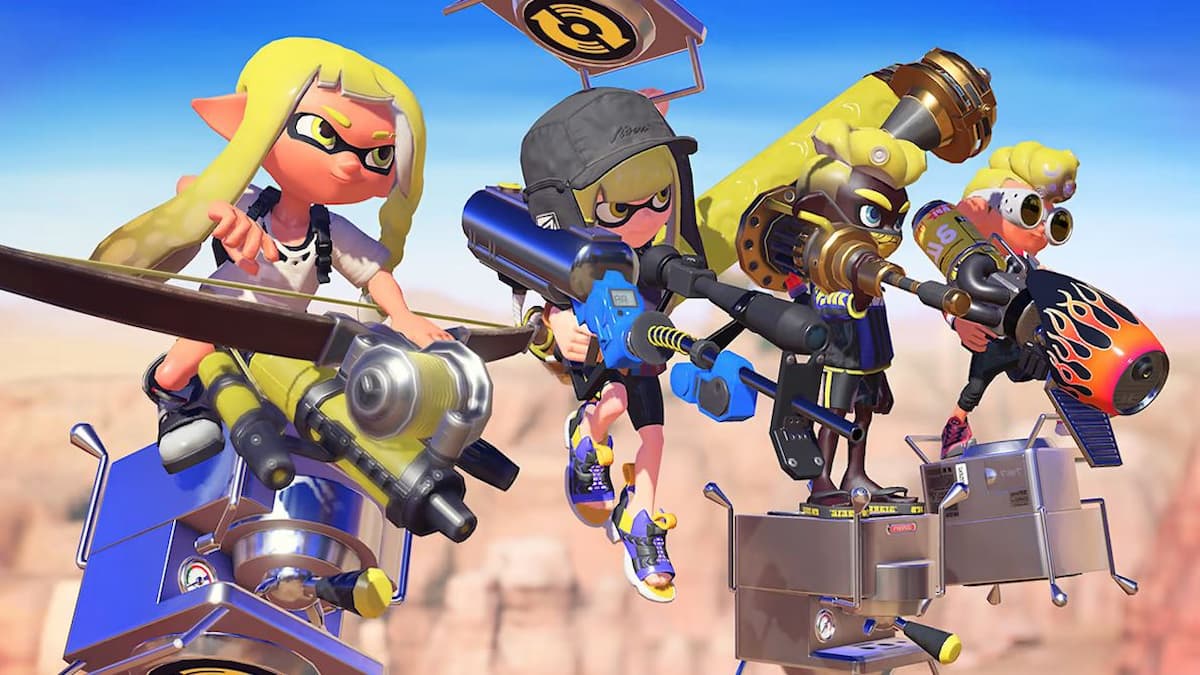
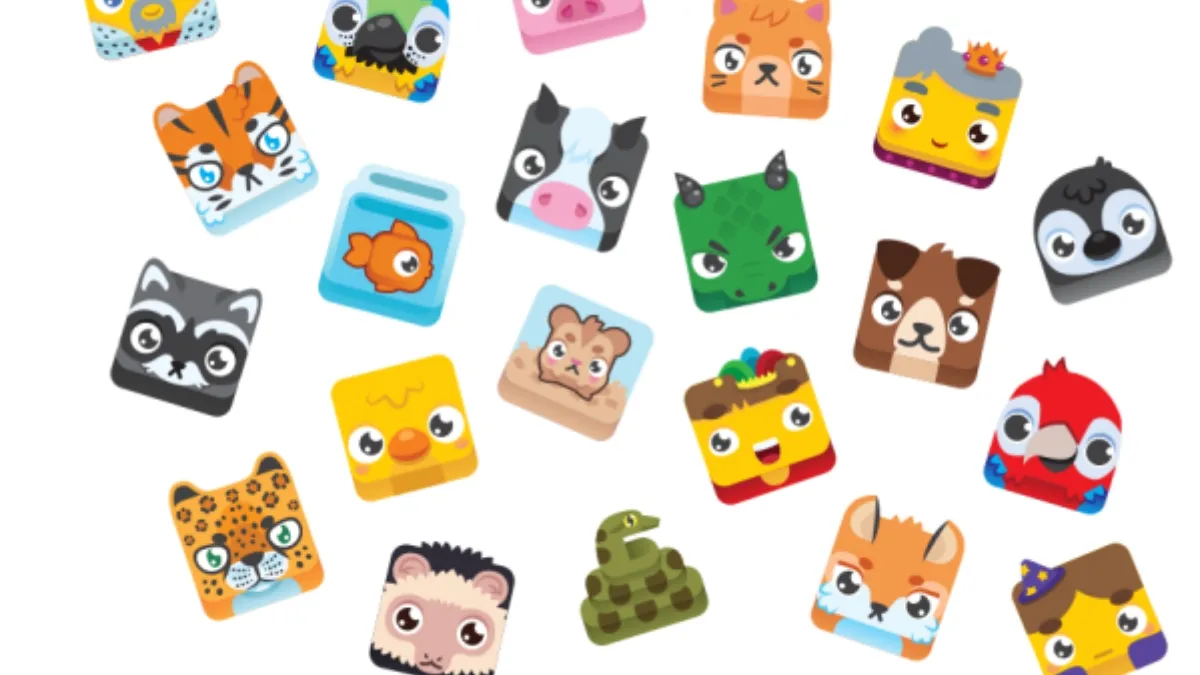
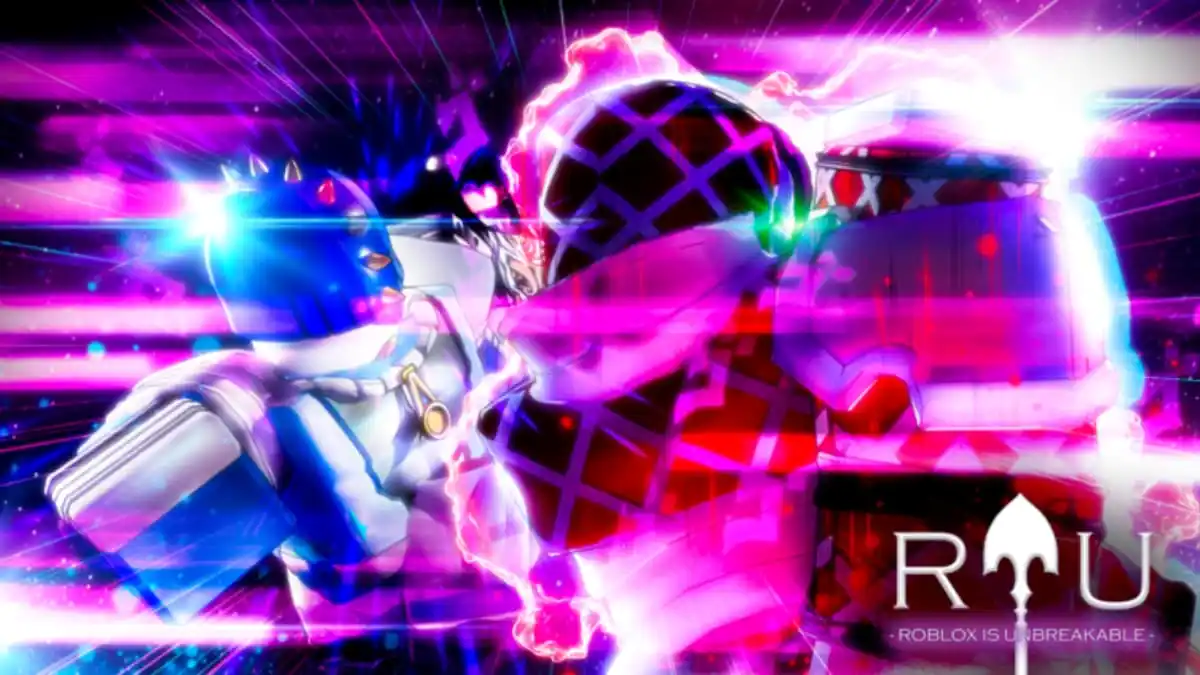
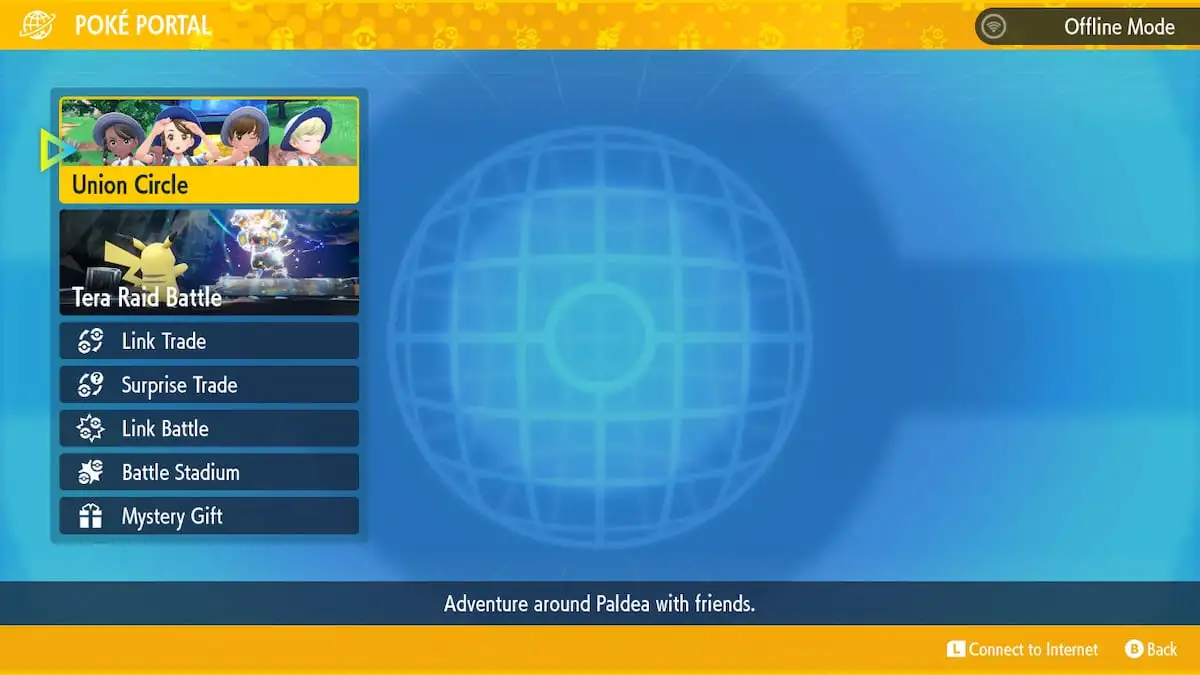
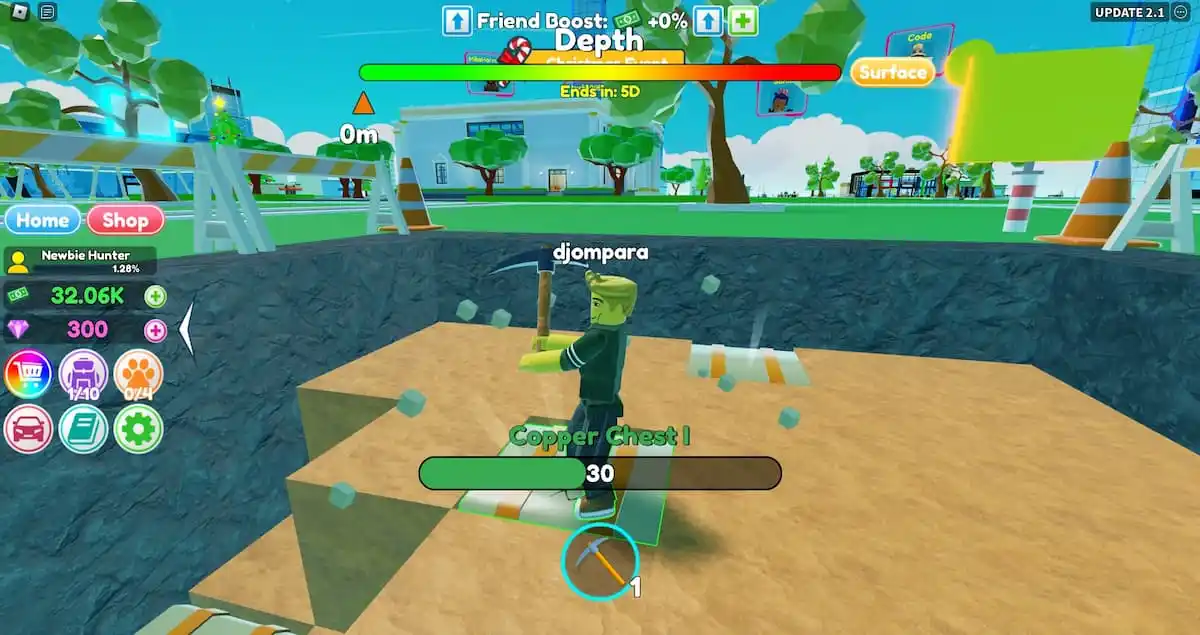
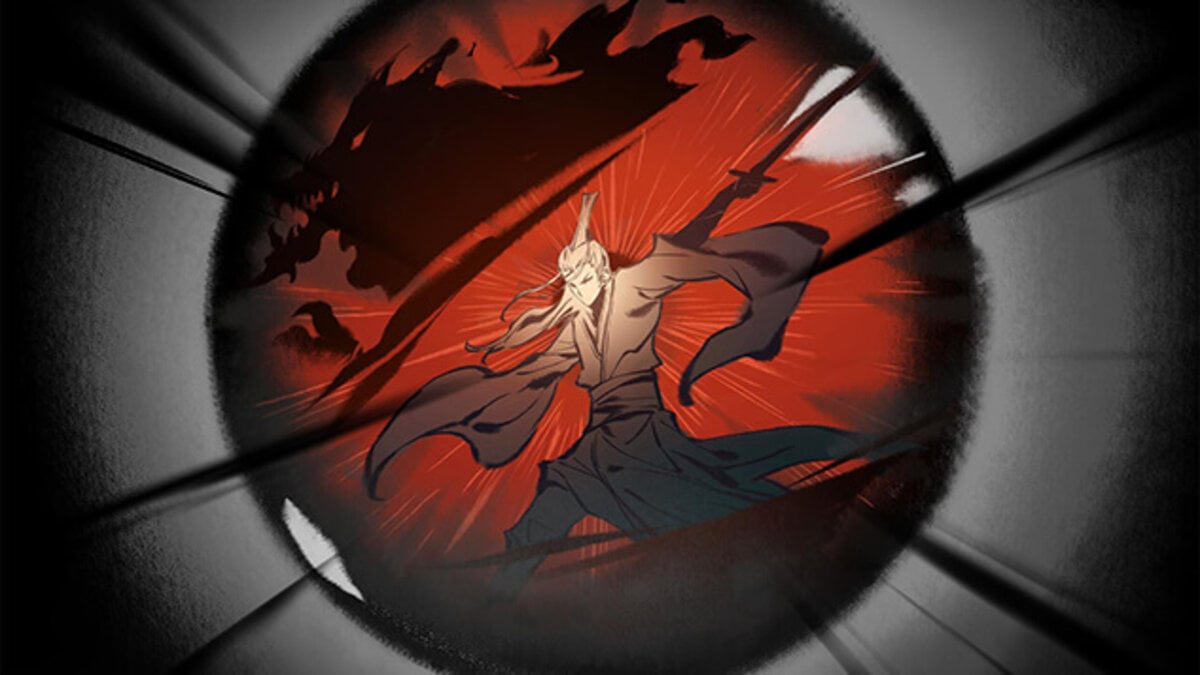
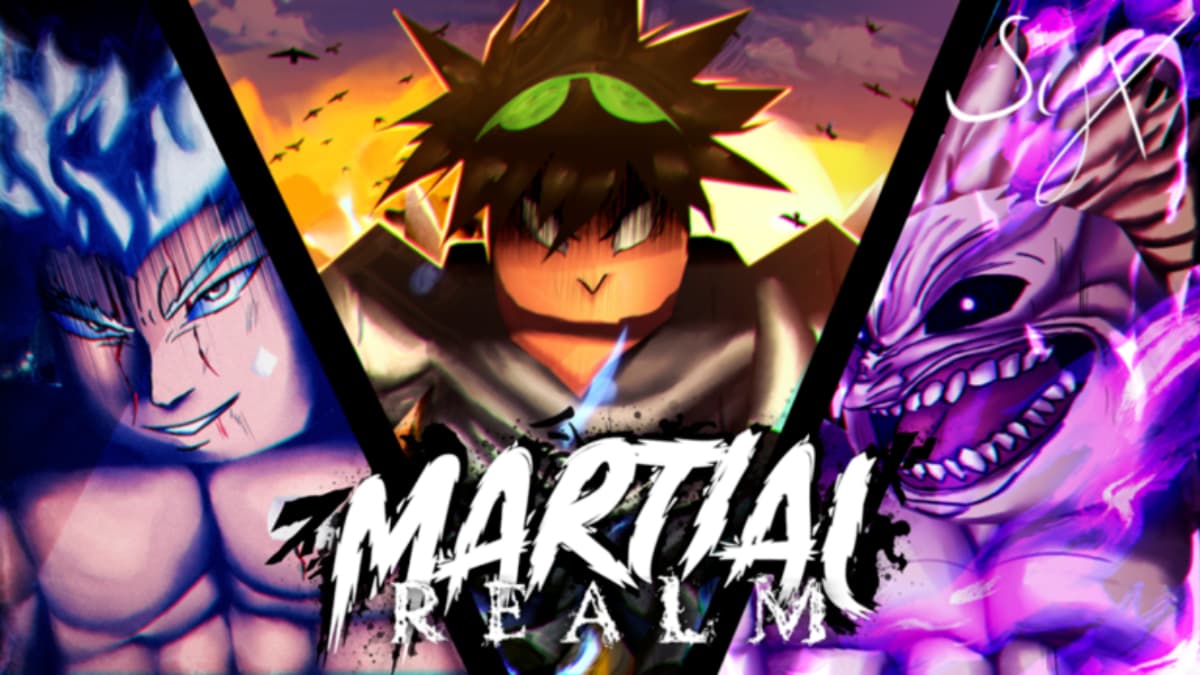

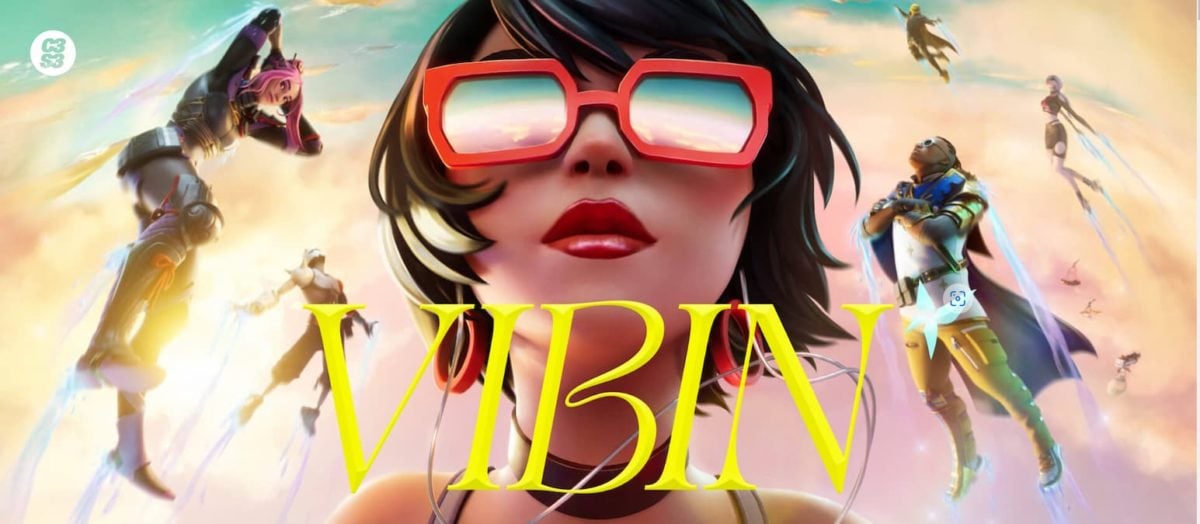

Published: Aug 16, 2022 01:50 pm